Hardware
Software
Services
Wired Communication Technology
Wireless Communication Technology
Fluorescent Lamps
Light Emitting Diodes (LED)
High-Density Discharge Lamps
Residential
Commercial
Industrial
Smart Bulbs
Ballasts
Fixtures
Relay Units
Gateways
North America Smart Indoor Lighting by ComponentHardware
Software
Services
North America Smart Indoor Lighting by Communication TechnologyWired Communication Technology
Wireless Communication Technology
North America Smart Indoor Lighting by Light SourceFluorescent Lamps
Light Emitting Diodes (LED)
High-Density Discharge Lamps
North America Smart Indoor Lighting by ApplicationResidential
Commercial
Industrial
North America Smart Indoor Lighting by Product TypeSmart Bulbs
Ballasts
Fixtures
Relay Units
Gateways
US Smart Indoor Lighting by ComponentHardware
Software
Services
US Smart Indoor Lighting by Communication TechnologyWired Communication Technology
Wireless Communication Technology
US Smart Indoor Lighting by Light SourceFluorescent Lamps
Light Emitting Diodes (LED)
High-Density Discharge Lamps
US Smart Indoor Lighting by ApplicationResidential
Commercial
Industrial
US Smart Indoor Lighting by End Product TypeSmart Bulbs
Ballasts
Fixtures
Relay Units
Gateways
CANADA Smart Indoor Lighting by ComponentHardware
Software
Services
CANADA Smart Indoor Lighting by Communication TechnologyWired Communication Technology
Wireless Communication Technology
CANADA Smart Indoor Lighting by Light SourceFluorescent Lamps
Light Emitting Diodes (LED)
High-Density Discharge Lamps
CANADA Smart Indoor Lighting by ApplicationResidential
Commercial
Industrial
CANADA Smart Indoor Lighting by Product TypeSmart Bulbs
Ballasts
Fixtures
Relay Units
Gateways
Europe Smart Indoor Lighting by ComponentHardware
Software
Services
Europe Smart Indoor Lighting by Communication TechnologyWired Communication Technology
Wireless Communication Technology
Europe Smart Indoor Lighting by Light SourceFluorescent Lamps
Light Emitting Diodes (LED)
High-Density Discharge Lamps
Europe Smart Indoor Lighting by ApplicationResidential
Commercial
Industrial
Europe Smart Indoor Lighting by Product TypeSmart Bulbs
Ballasts
Fixtures
Relay Units
Germany Outlook (USD Billion, 2019-2032)
Germany Smart Indoor Lighting by ComponentHardware
Software
Services
Germany Smart Indoor Lighting by Communication TechnologyWired Communication Technology
Wireless Communication Technology
Germany Smart Indoor Lighting by Light SourceFluorescent Lamps
Light Emitting Diodes (LED)
High-Density Discharge Lamps
Germany Smart Indoor Lighting by ApplicationResidential
Commercial
Industrial
Germany Smart Indoor Lighting by Product TypeSmart Bulbs
Ballasts
Fixtures
Relay Units
Gateways
France Smart Indoor Lighting by ComponentHardware
Software
Services
France Smart Indoor Lighting by Communication TechnologyWired Communication Technology
Wireless Communication Technology
France Smart Indoor Lighting by Light SourceFluorescent Lamps
Light Emitting Diodes (LED)
High-Density Discharge Lamps
France Smart Indoor Lighting by ApplicationResidential
Commercial
Industrial
France Smart Indoor Lighting by Product TypeSmart Bulbs
Ballasts
Fixtures
Relay Units
Gateways
UK Smart Indoor Lighting by ComponentHardware
Software
Services
UK Smart Indoor Lighting by Communication TechnologyWired Communication Technology
Wireless Communication Technology
UK Smart Indoor Lighting by Light SourceFluorescent Lamps
Light Emitting Diodes (LED)
High-Density Discharge Lamps
UK Smart Indoor Lighting by ApplicationResidential
Commercial
Industrial
UK Smart Indoor Lighting by Product TypeSmart Bulbs
Ballasts
Fixtures
Relay Units
Gateways
ITALY Smart Indoor Lighting by ComponentHardware
Software
Services
ITALY Smart Indoor Lighting by Communication TechnologyWired Communication Technology
Wireless Communication Technology
ITALY Smart Indoor Lighting by Light SourceFluorescent Lamps
Light Emitting Diodes (LED)
High-Density Discharge Lamps
ITALY Smart Indoor Lighting by ApplicationResidential
Commercial
Industrial
ITALY Smart Indoor Lighting by Product TypeSmart Bulbs
Ballasts
Fixtures
Relay Units
Gateways
Spain Smart Indoor Lighting by ComponentHardware
Software
Services
Spain Smart Indoor Lighting by Communication TechnologyWired Communication Technology
Wireless Communication Technology
Spain Smart Indoor Lighting by Light SourceFluorescent Lamps
Light Emitting Diodes (LED)
High-Density Discharge Lamps
Spain Smart Indoor Lighting by ApplicationResidential
Commercial
Industrial
Spain Smart Indoor Lighting by Product TypeSmart Bulbs
Ballasts
Fixtures
Relay Units
Gateways
Rest Of Europe Smart Indoor Lighting by ComponentHardware
Software
Services
REST OF EUROPE Smart Indoor Lighting by Communication TechnologyWired Communication Technology
Wireless Communication Technology
REST OF EUROPE Smart Indoor Lighting by Light SourceFluorescent Lamps
Light Emitting Diodes (LED)
High-Density Discharge Lamps
REST OF EUROPE Smart Indoor Lighting by ApplicationResidential
Commercial
Industrial
REST OF EUROPE Smart Indoor Lighting by Product TypeSmart Bulbs
Ballasts
Fixtures
Relay Units
Gateways
Asia-Pacific Smart Indoor Lighting by ComponentHardware
Software
Services
Asia-Pacific Smart Indoor Lighting by Communication TechnologyWired Communication Technology
Wireless Communication Technology
Asia-Pacific Smart Indoor Lighting by Light SourceFluorescent Lamps
Light Emitting Diodes (LED)
High-Density Discharge Lamps
Asia-Pacific Smart Indoor Lighting by ApplicationResidential
Commercial
Industrial
Asia-Pacific Smart Indoor Lighting by Product TypeSmart Bulbs
Ballasts
Fixtures
Relay Units
Gateways
China Smart Indoor Lighting by ComponentHardware
Software
Services
China Smart Indoor Lighting by Communication TechnologyWired Communication Technology
Wireless Communication Technology
China Smart Indoor Lighting by Light SourceFluorescent Lamps
Light Emitting Diodes (LED)
High-Density Discharge Lamps
China Smart Indoor Lighting by ApplicationResidential
Commercial
Industrial
China Smart Indoor Lighting by Product TypeSmart Bulbs
Ballasts
Fixtures
Relay Units
Gateways
Japan Smart Indoor Lighting by ComponentHardware
Software
Services
Japan Smart Indoor Lighting by Communication TechnologyWired Communication Technology
Wireless Communication Technology
Japan Smart Indoor Lighting by Light SourceFluorescent Lamps
Light Emitting Diodes (LED)
High-Density Discharge Lamps
Japan Smart Indoor Lighting by ApplicationResidential
Commercial
Industrial
Japan Smart Indoor Lighting by Product TypeSmart Bulbs
Ballasts
Fixtures
Relay Units
Gateways
India Smart Indoor Lighting by ComponentHardware
Software
Services
India Smart Indoor Lighting by Communication TechnologyWired Communication Technology
Wireless Communication Technology
India Smart Indoor Lighting by Light SourceFluorescent Lamps
Light Emitting Diodes (LED)
High-Density Discharge Lamps
India Smart Indoor Lighting by ApplicationResidential
Commercial
Industrial
India Smart Indoor Lighting by Product TypeSmart Bulbs
Ballasts
Fixtures
Relay Units
Gateways
Australia Smart Indoor Lighting by ComponentHardware
Software
Services
Australia Smart Indoor Lighting by Communication TechnologyWired Communication Technology
Wireless Communication Technology
Australia Smart Indoor Lighting by Light SourceFluorescent Lamps
Light Emitting Diodes (LED)
High-Density Discharge Lamps
Australia Smart Indoor Lighting by ApplicationResidential
Commercial
Industrial
Australia Smart Indoor Lighting by Product TypeSmart Bulbs
Ballasts
Fixtures
Relay Units
Gateways
Rest of Asia-Pacific Smart Indoor Lighting by ComponentHardware
Software
Services
Rest of Asia-Pacific Smart Indoor Lighting by Communication TechnologyWired Communication Technology
Wireless Communication Technology
Rest of Asia-Pacific Smart Indoor Lighting by Light SourceFluorescent Lamps
Light Emitting Diodes (LED)
High-Density Discharge Lamps
Rest of Asia-Pacific Smart Indoor Lighting by ApplicationResidential
Commercial
Industrial
Rest of Asia-Pacific Smart Indoor Lighting by Product TypeSmart Bulbs
Ballasts
Fixtures
Relay Units
Gateways
Rest of the World Smart Indoor Lighting by ComponentHardware
Software
Services
Rest of the World Smart Indoor Lighting by Communication TechnologyWired Communication Technology
Wireless Communication Technology
Rest of the World Smart Indoor Lighting by Light SourceFluorescent Lamps
Light Emitting Diodes (LED)
High-Density Discharge Lamps
Rest of the World Smart Indoor Lighting by ApplicationResidential
Commercial
Industrial
Rest of the World Smart Indoor Lighting by Product TypeSmart Bulbs
Ballasts
Fixtures
Relay Units
Gateways
Middle East Smart Indoor Lighting by ComponentHardware
Software
Services
Middle East Smart Indoor Lighting by Communication TechnologyWired Communication Technology
Wireless Communication Technology
Middle East Smart Indoor Lighting by Light SourceFluorescent Lamps
Light Emitting Diodes (LED)
High-Density Discharge Lamps
Middle East Smart Indoor Lighting by ApplicationResidential
Commercial
Industrial
Middle East Smart Indoor Lighting by Product TypeSmart Bulbs
Ballasts
Fixtures
Relay Units
Gateways
Africa Smart Indoor Lighting by ComponentHardware
Software
Services
Africa Smart Indoor Lighting by Communication TechnologyWired Communication Technology
Wireless Communication Technology
Africa Smart Indoor Lighting by Light SourceFluorescent Lamps
Light Emitting Diodes (LED)
High-Density Discharge Lamps
Africa Smart Indoor Lighting by ApplicationResidential
Commercial
Industrial
Africa Smart Indoor Lighting by Product TypeSmart Bulbs
Ballasts
Fixtures
Relay Units
Gateways
Latin America Smart Indoor Lighting by ComponentHardware
Software
Services
Latin America Smart Indoor Lighting by Communication TechnologyWired Communication Technology
Wireless Communication Technology
Latin America Smart Indoor Lighting by Light SourceFluorescent Lamps
Light Emitting Diodes (LED)
High-Density Discharge Lamps
Latin America Smart Indoor Lighting by ApplicationResidential
Commercial
Industrial
Latin America Smart Indoor Lighting by Product TypeSmart Bulbs
Ballasts
Fixtures
Relay Units
Gateways

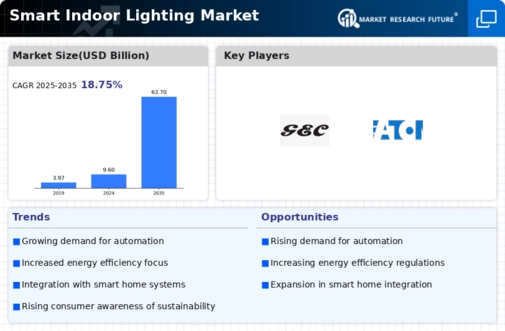
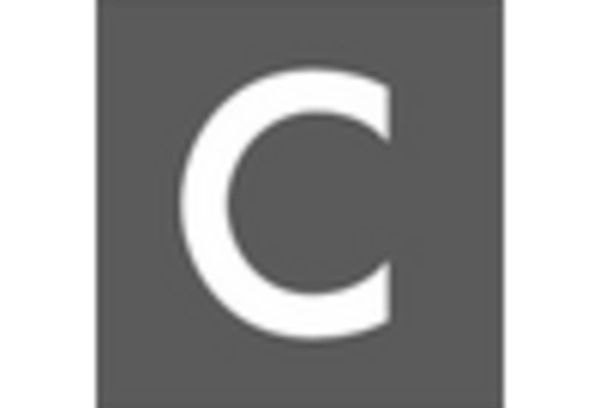
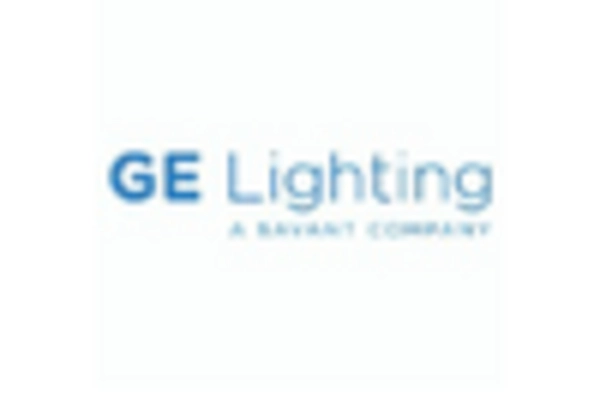
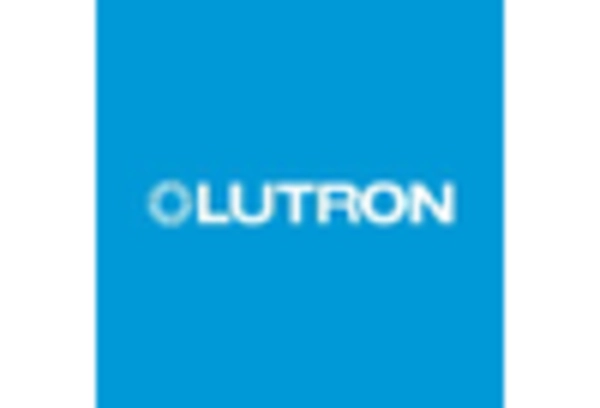
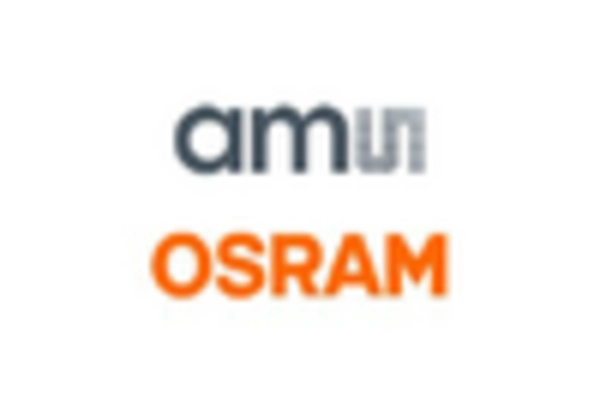
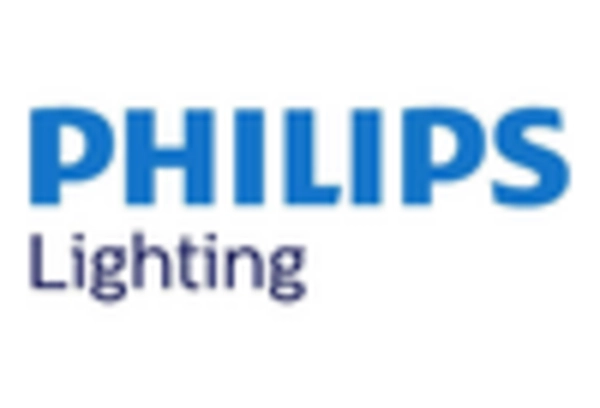










Leave a Comment